Invisalign in Shropshire-what's all the fuss about?
So many people are now beginning to request Invisalign treatments in Shropshire & Kidderminster, so what’s all the fuss about? In this article we take a detailed look at Invisalign braces, exploring some of the most commonly asked questions about this revolutionary way of straightening crooked teeth
Invisalign vs braces
Invisalign offers a few advantages compared to traditional braces.
- Invisalign is clear meaning no one will notice you are having your teeth straightened.
- It easier to clean your teeth with Invisalign as you simply take your aligners out to eat and drink.
- Because Invisalign uses aligners, rather than brackets and wires attached to your teeth it is far more comfortable than conventional metal braces.
- Visualise your treatment before you begin. Using a 3-D scan of your teeth Invisalign will create an animated video of your teeth moving to their final position. It allows you to check how you are going to look, before you even start treatment.
How does the Invisalign treatment work?
The Invisalign treatment usually starts with a consultation at your orthodontist or dental practice. From there a typical treatment with Invisalign looks like this:
- Initial assessment and 3-D scan.
- Your orthodontist and Invisalign plan your treatment.
- You visualise this treatment in a 3-D video and make adjustments to final tooth position on the computer screen if required.
- The software calculates the number of aligners you will require and begins manufacturing them.
- You have your 1st set of aligners provided and your given instructions on how to put them in and take them out.
- You visit your dentist approximately every 6 weeks, or after 3 set of aligners for a review.
- Treatment and future aligners can then be modified if required.
- After treatment, you simply sit back, wear your retainers and enjoy your beautiful new smile.
How long does Invisalign take?
One of the brilliant things about Invisalign is that your entire treatment is planned in advance using complex 3-D modelling. Your orthodontist works in harmony with the Invisalign computer system to calculate the number of aligners you will need.
This total time is then typically divided by 2 weeks (you exchange your aligners every 2 weeks) to give you an entire number of aligners you will require.
For simple cases moving front teeth only this can be as little as 6 weeks. 4 more complex cases where many teeth are being moved treatments can take up to 2 years.
Invisalign for crowded teeth, does it work?
Invisalign works incredibly well for crowded teeth. It is however worth bearing in mind the reason your teeth are crowded in the first place. This can sometimes be caused by a jaw which is too small to fit all of your teeth into. The result is that the teeth become twisted, crooked and rotating in order to fit.
If this is the case then you may require extraction of a few teeth, in order to make space. Typically the first premolar is the tooth which is extracted.
Invisalign vs braces effectiveness
In many instances Invisalign can work just as effectively as conventional braces. However conventional train track braces, either metal or ceramic which are custom made by your orthodontist can often work to fix bite problems that cannot be done with Invisalign.
Brackets that are permanently fixed your teeth can apply pressure to rotate teeth in ways that cannot be done with Invisalign. This is where a specialist orthodontist comes in. A specialist orthodontist has additional Masters level training to a regular dentist and can therefore offer more complex treatments with fixed braces.
Fixed braces can also sometimes be cheaper than Invisalign, so it’s worth asking your dental practice about this.
Smile Direct vs Invisalign
There are many smile direct systems out there at the moment, these systems typically have an initial consultation with a salesperson. You then have your teeth scanned and the aligners made without the presence of a dentist.
Whilst these systems may move your teeth, they may not take into account other dental problems:
- Teeth straightening should not be undertaken on compromised teeth. If teeth have any form of gum disease, even if it’s imperceptible at home, this needs to be resolved prior to teeth being moved.
- Moving teeth will inevitably change the way they meet, known as your occlusion. This is a very sensitive balance with all of the teeth meeting in a very clear and specific way, this enables your jaw to move without putting pressure on your muscles. If the occlusion is disturbed this can affect the muscles around your head, face and neck causing jaw joint pain or even headaches. If you have orthodontics with a dentist present, this will always be taken into account.
- If you are not seeing a dentist throughout your treatment you don’t have anyone to ask clinical questions.
- Are orthodontics right for you? If you visit a dentist you may find that there are simpler and cheaper options to straighten crooked teeth, bonding is a classic example. This can make a single crooked tooth looks straight in a single visit. Visiting a dentist for orthodontic treatment ensures you have the best options and are not only guided down the orthodontic route.
Are braces faster than Invisalign?
Teeth will only move a certain speed when pressure is applied to them. It doesn’t matter how that pressure is applied which means that braces and Invisalign typically work in about the same period of time.
However, because fixed braces cannot be taken out and are therefore worn 24 hours a day this can make treatment faster.
If you don’t wear your Invisalign braces for the minimum requirement of 20 hours per day then treatment will slow down.
How much does Invisalign cost?
The cost of Invisalign varies dramatically from practice the practice, when asking about the cost of Invisalign, here are a few questions to ask:
- Does this price include all visits?
- Will I be seeing a dentist or orthodontist at each appointment?
- Does this fee include retainers at the end of treatment?
- Do you offer finance plans?
Some practices might charge extra for retainers at the end of treatment, this can then add to your overall costs. At our practice, Invisalign is available from £2200 and conventional braces are available from £1299.
Finance can also be really helpful to make Invisalign more affordable. It can bring the cost of treatment down to as little as £2.50 per day, the same as a cup of coffee!
How do I find an Invisalign dentist near me
A good way to find any dentist, including an Invisalign dentist near you is to talk to your friends and family. Going on personal recommendation is always the best way to find a good dentist.
Checking out reviews on Google can also be a good way to see if you are going to a dentist which is highly recommended.
And finally, when you have found a good local dentist which offers Invisalign, give them a call. Chat to the person on reception, see if they offer a free consultation or away to discuss your options in a risk-free way..
How to find out more
We are extremely privileged to say that patients travel from the local Kidderminster Ludlow areas of South Shropshire to visit us. We would be delighted to offer you a free consultation, either face-to-face or virtual. You can book your consultation here or please call us on 01299 271747
- Invisalign Shropshire-what’s all the fuss about? - March 29, 2021
- WHAT A SMILE! Straighten your smile discreetly with Invisalign - March 24, 2021
- December Newsletter - December 22, 2020



